
Commission or Bonus: Which One Can Help You Sell More?
Découvrez les principales différences entre les commissions et les primes afin de déterminer quelle stratégie de rémunération est la plus à même de favoriser la réussite commerciale et de motiver votre équipe.

Construire une équipe de vente gagnante avec un logiciel de formation à la vente
Découvrez comment un logiciel de formation à la vente peut permettre à votre équipe de vente d'atteindre des performances optimales.

Créer une culture de la responsabilité : Le rôle de la gestion des performances commerciales
Découvrez comment la gestion de la performance des ventes favorise la responsabilisation et la réussite des cabinets de soins de santé à la recherche de solutions de gestion efficaces.

Les meilleurs logiciels de reporting des commissions de vente à suivre en 2024
Découvrez pourquoi un logiciel de reporting des commissions de vente est essentiel pour votre entreprise. Comparez les meilleurs outils de 2024 et voyez lequel répond le mieux à vos besoins.

10 meilleurs outils d'aide à la vente pour améliorer l'efficacité de votre équipe
Découvrez les 10 meilleurs outils de pipeline de vente qui peuvent vous aider à rationaliser votre processus de vente, à améliorer votre efficacité et à conclure plus de contrats. Trouvez dès aujourd'hui l'outil idéal pour votre équipe.

Représentants commerciaux rémunérés à la commission : principaux avantages et conseils de gestion
Boostez les performances de votre équipe de vente avec des commerciaux rémunérés à la commission. Découvrez des stratégies efficaces, des avantages et des conseils pour gérer et motiver votre force de vente à la commission afin d'obtenir des résultats exceptionnels.

Accord sur les commissions de vente : Comment en créer un, meilleures pratiques et modèle
Un accord de commission sur les ventes est un document formel essentiel pour les employés travaillant en tant qu'agents ou représentants commerciaux.

7 exemples de rémunération incitative pour stimuler la motivation des employés
Découvrez comment les meilleures entreprises améliorent la motivation et la performance de leurs employés et les raisons qui expliquent le succès des programmes de rémunération incitative.

Planification du territoire : 6 étapes pour élaborer un plan de territoire de vente avec les meilleures pratiques
L'aménagement du territoire consiste à diviser la clientèle potentielle en segments géographiques ou de marché distincts pour la force de vente.

Top 3 Account Manager Compensation Plans: Strategies to Drive Retention & Revenue Growth
Le plan de rémunération des gestionnaires de comptes décrit comment leurs efforts se traduisent en récompenses financières et les motive à atteindre des objectifs spécifiques.

11 idées uniques d'incitations pour augmenter les ventes [Édition 2024]
Les mesures d'incitation à l'augmentation des ventes sont des récompenses offertes aux vendeurs en reconnaissance de leurs résultats.

4 raisons d'automatiser le calculateur de ventes de la Commission
Le calculateur de commissions de vente est un outil qui permet de calculer la somme d'argent qu'un vendeur gagne en fonction de ses performances de vente.

Les 10 meilleurs logiciels de gestion des commissions qui valent votre investissement en 2024
Le logiciel de gestion des commissions est un outil qui automatise le processus de calcul, de suivi et de paiement des commissions aux employés.

Un guide en six étapes pour choisir le bon logiciel de rapport de commission
Le logiciel de reporting des commissions de vente est un outil qui permet de gérer et de suivre efficacement les commissions de vente.

Guide ultime pour comprendre les jeux-concours de vente
Les jeux-concours de vente constituent une approche stratégique pour motiver et inciter les équipes de vente à adopter les comportements de vente souhaités et, en fin de compte, à atteindre des objectifs commerciaux spécifiques.
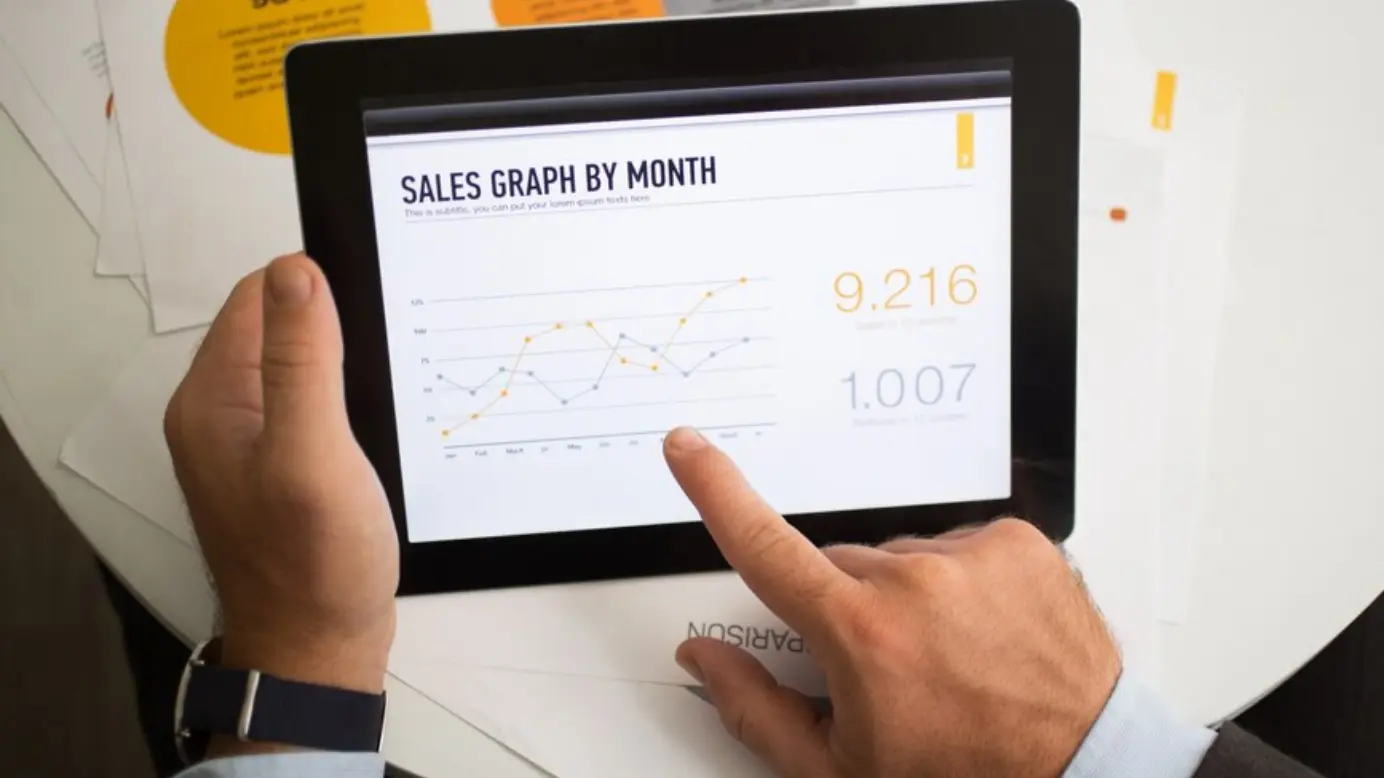
Créer une carte de pointage des vendeurs en 6 étapes en se basant sur les meilleures pratiques des entreprises leaders du secteur
Le tableau de bord d'un vendeur est un document formel qui permet de suivre les performances d'un vendeur par rapport à des indicateurs clés qui comprennent à la fois les niveaux d'activité et les résultats des ventes.

7 Stratégies de commissionnement des représentants des ventes influencées par les entreprises Fortune 500
La commission du représentant commercial est une incitation basée sur les performances qui motive le représentant commercial à fournir des efforts supplémentaires et à dépasser ses objectifs de vente.

Comprendre la gestion des partenaires de distribution à l'aide d'exemples et de stratégies
La gestion des partenaires de distribution est cruciale pour les entreprises afin de stimuler la croissance du chiffre d'affaires, d'accroître la satisfaction des clients et d'établir des relations solides avec les partenaires.

L'importance de l'automatisation de la stimulation des ventes pour les startups et les PME
L'automatisation de la stimulation des ventes change la donne pour une organisation qui souffre de processus manuels. Découvrez la signification et l'importance de l'automatisation de la stimulation des ventes.

Logiciel de prévision des ventes : 5 étapes pour choisir l'outil adapté à votre entreprise
Les logiciels de prévision des ventes permettent aux entreprises d'anticiper la demande future, d'identifier les lacunes potentielles et d'ajuster les stratégies en conséquence pour une croissance globale.
Guide pour comprendre la récupération : Des nouvelles politiques aux meilleures pratiques
La récupération est une politique réglementée par la loi qui permet de maintenir le comportement de l'entreprise et de recouvrer les indemnités si un employé a commis une faute ou si des documents financiers ont été corrigés de manière significative.

Pourquoi vos concours de vente ne fonctionnent-ils pas et comment les rendre attrayants grâce à des incitations ludiques ?
Découvrez pourquoi vos concours de vente actuels risquent de ne pas être à la hauteur et comment les concours de vente gamifiés permettent d'améliorer l'engagement, les performances et les résultats de l'équipe de vente.
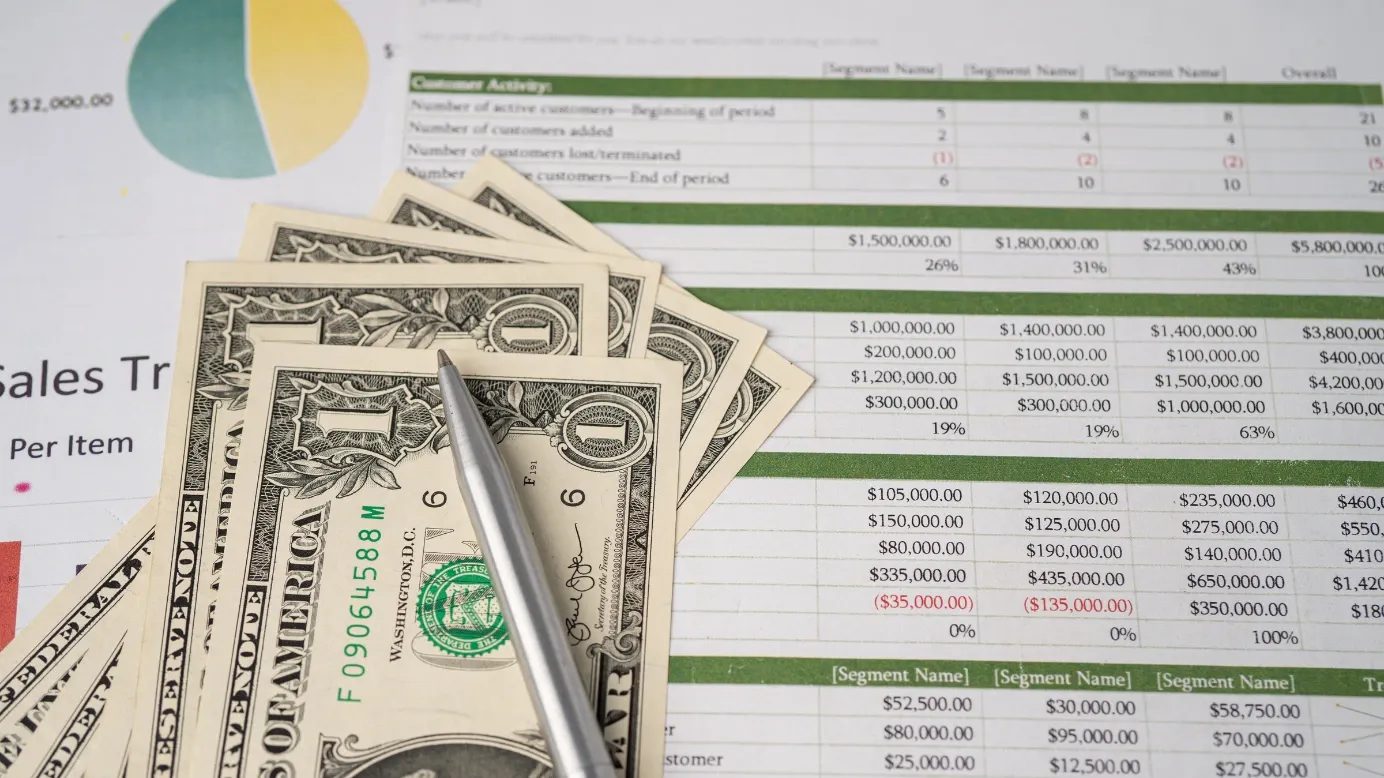
Calcul de l'intéressement dans les feuilles Excel : 11 problèmes courants et comment les résoudre
Résolution des problèmes liés au calcul des incitations dans les feuilles Excel. Apprenez à résoudre 11 problèmes courants et à rationaliser vos calculs pour des opérations plus fluides.

7 stratégies efficaces d'engagement des partenaires de distribution dans l'industrie des produits de grande consommation
7 stratégies d'engagement des partenaires de distribution dans l'industrie des produits de grande consommation. Apprenez les meilleures pratiques pour stimuler les ventes, améliorer la communication et réussir dans l'industrie des biens de grande consommation.

Un aperçu de l'avenir : 5 tendances en matière de rémunération des vendeurs à surveiller en 2024
Découvrez les tendances les plus impactantes en matière de rémunération des ventes à surveiller en 2024 et obtenez un aperçu de la façon dont elles peuvent façonner votre stratégie. Des structures d'incitation innovantes aux solutions axées sur la technologie, ces tendances vous aideront à vous adapter à l'évolution du paysage de la rémunération des ventes.
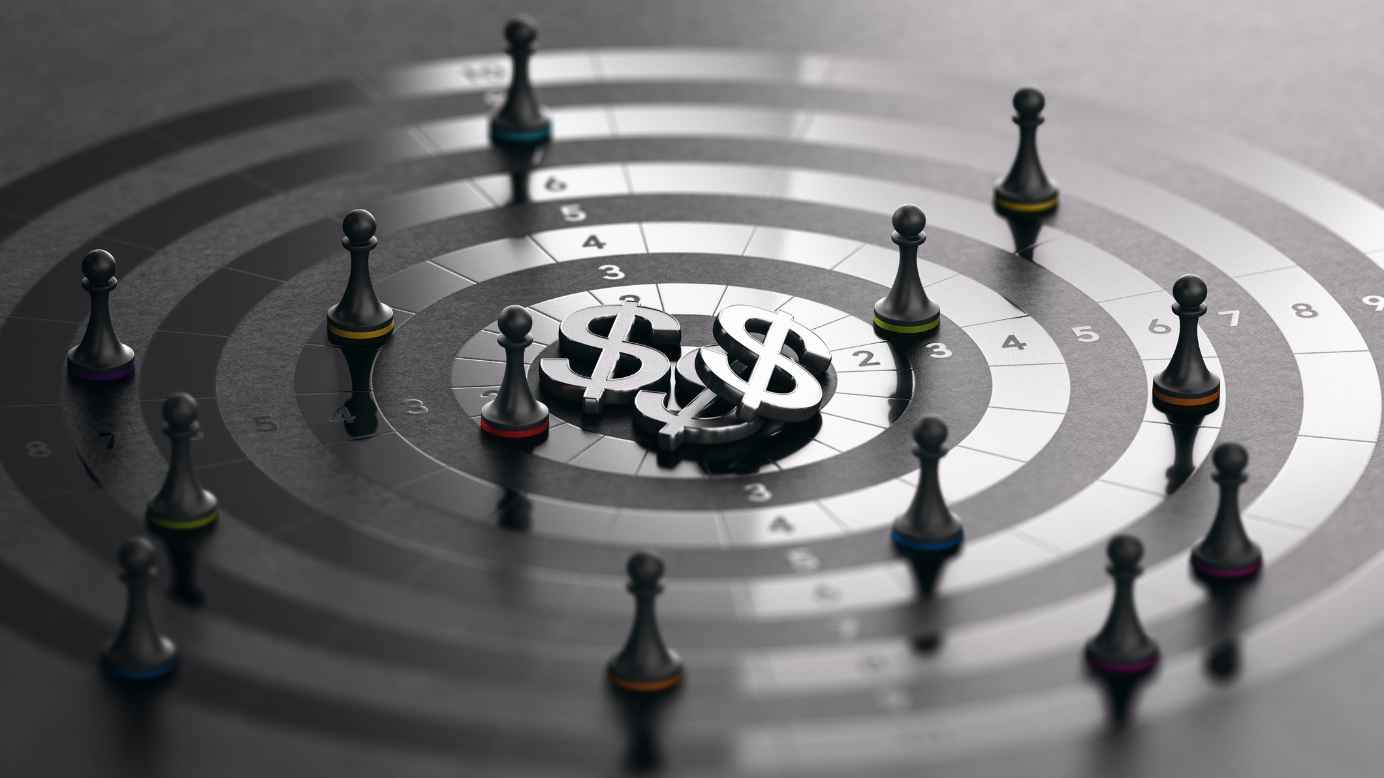
Le prix d'un plan d'incitation à la vente mal conçu ou mauvais est plus élevé que vous ne le pensez
Un plan de stimulation des ventes mal conçu peut nuire aux performances d'une entreprise. Lorsqu'un plan de stimulation des ventes est mauvais, il peut démotiver l'équipe de vente, entraver la réalisation des objectifs et, en fin de compte, entraîner une baisse du chiffre d'affaires.
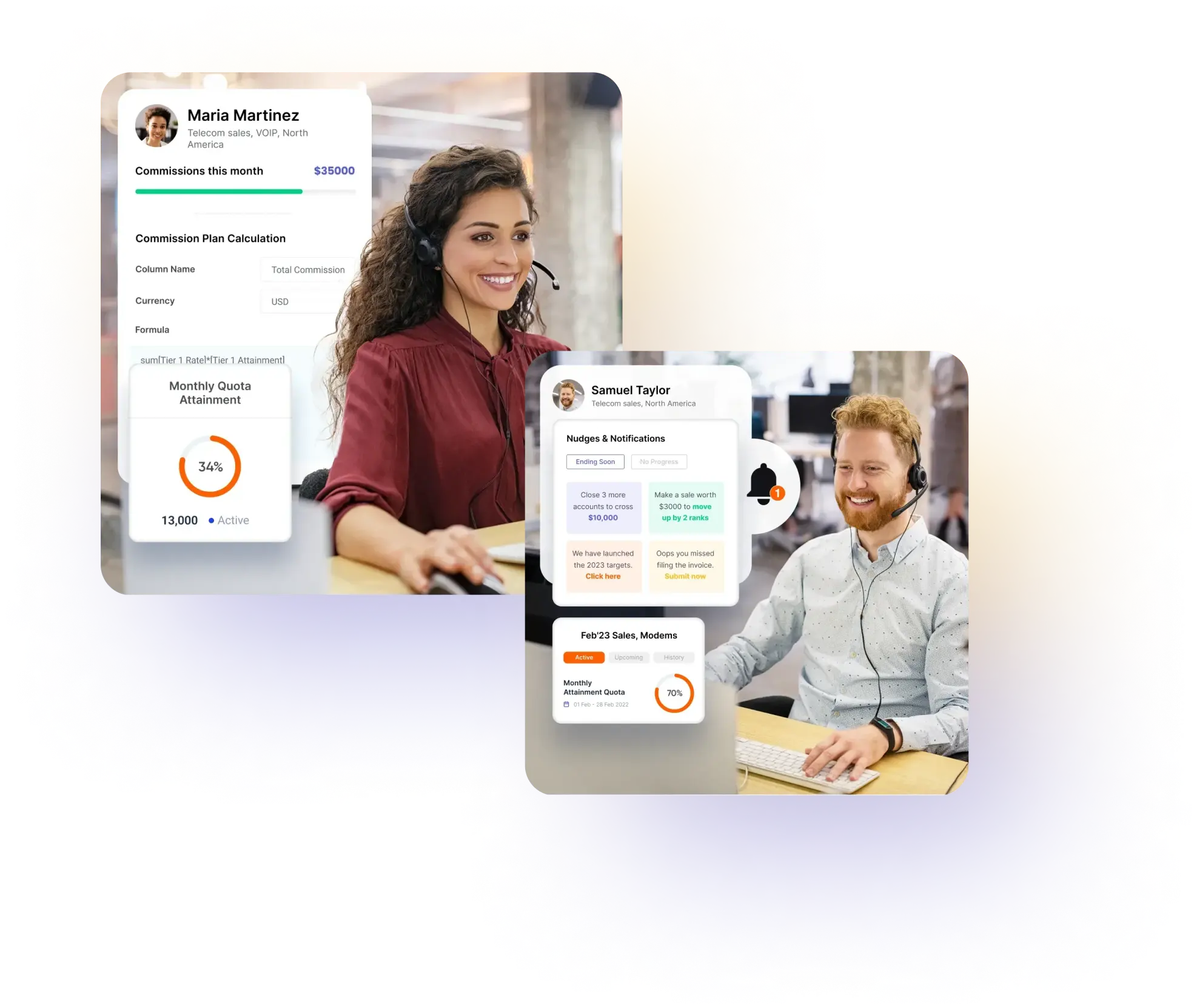
Accroître le potentiel des équipes de téléassistance et de télévente grâce à la gamification
Un livre blanc sur la façon dont la gamification a aidé une entreprise à améliorer de 12% ses indicateurs clés de productivité (KPI) avec une augmentation des coûts de 2,5%.

Comment gérer les ventes par canal : Établir une stratégie de vente par canal parfaite
Vous vous demandez comment gérer les ventes par canal ? Voici notre guide ultime de la gestion des ventes par canal et de la manière dont elle peut vous aider à améliorer vos ventes.

Guide à connaître pour construire et développer votre processus de vente
Le processus de vente est une série d'étapes visant à convertir les prospects en clients. Ce blog explique comment construire un processus de vente et ses différentes étapes.

Commissions de vente et programmes d'incitation proposés par Compass
Concevoir un programme de formation à la vente réussi est un processus complexe, mais qui peut rapporter énormément à votre équipe. Compass peut vous aider, grâce à la puissance de la gamification.
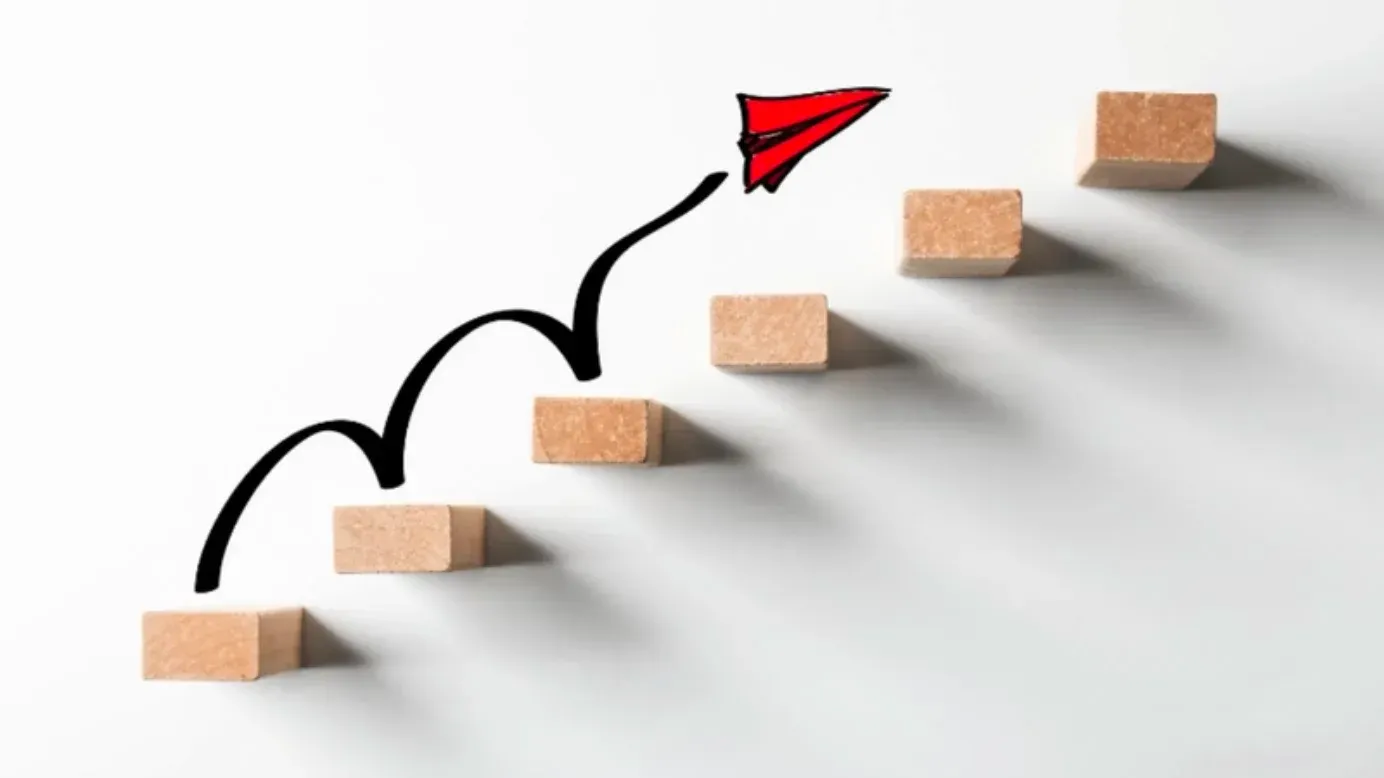
Comment augmenter les ventes par canal : Les 5 meilleurs conseils pour commencer
Apprenez à augmenter les ventes par canal grâce à ces cinq conseils efficaces. De l'identification de nouveaux partenaires potentiels à la création de campagnes de marketing qui donnent des résultats, vous serez en mesure d'augmenter vos ventes par canal et de développer votre entreprise.

La gamification peut permettre à votre équipe d'en faire plus !
Comprendre comment les puissantes fonctionnalités de Compass permettent de jouer avec les performances.

La gamification améliore l'expérience utilisateur pour tous
Les façons intéressantes dont la gamification transforme l'expérience de l'utilisateur et comment, en particulier, Compass le fait.
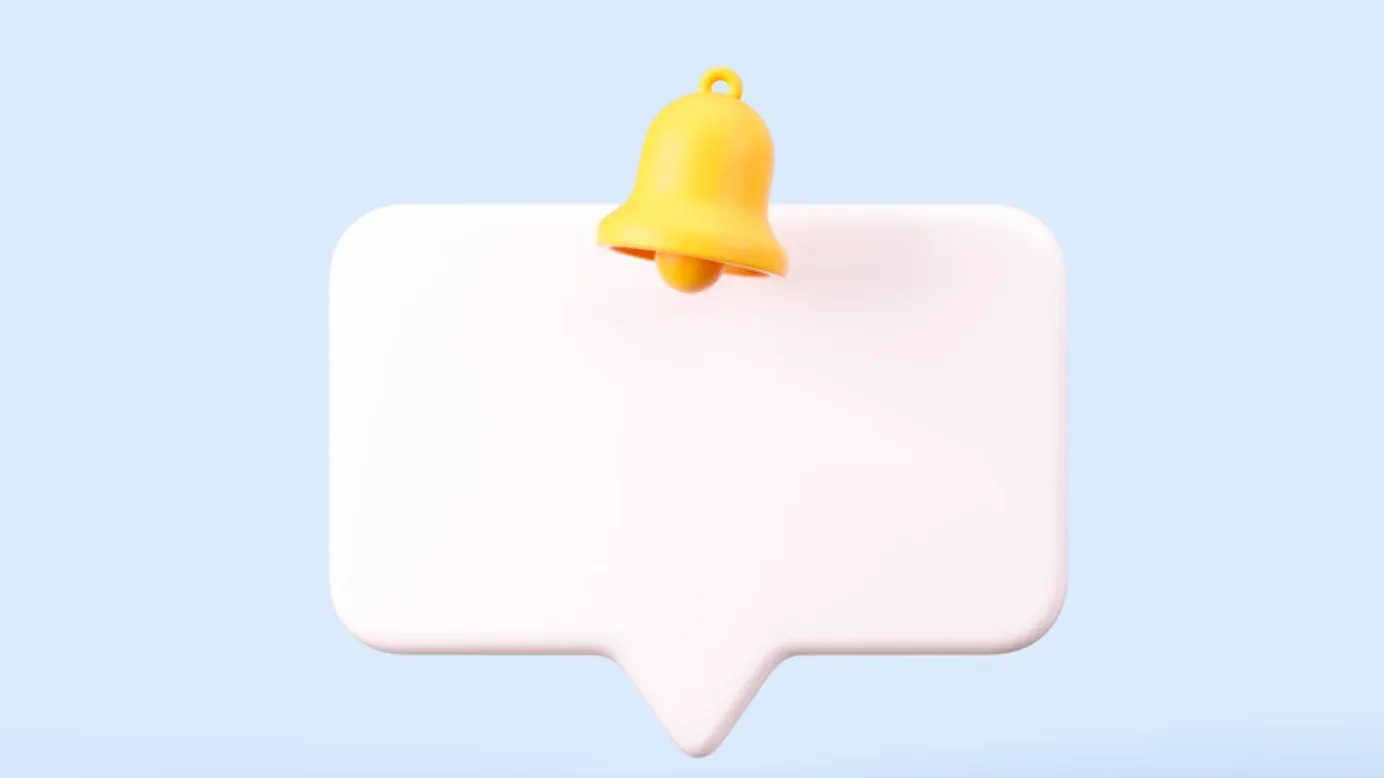
Améliorer les performances de vente grâce à l'approche comportementale (Behavioral Nudges)
L'économie comportementale a montré que les "nudges" peuvent être utilisés pour aider les individus à agir au mieux de leurs intérêts. Et le pouvoir d'un nudge est immense lorsque les organisations l'utilisent pour leur force de vente.

Intégration avec Close pour automatiser et gamifier les incitations à la vente
Compass récupère de manière transparente et en temps réel les données de Close, l'un des meilleurs CRM pour les ventes internes. Cette intégration permet aux responsables des ventes de passer directement à la création de programmes de stimulation et de disposer d'une source de vérité unique pour toutes les données relatives à la réussite des ventes.

Questions et réponses avec des directeurs d'agence dans le secteur de l'assurance
Nous avons organisé une séance de questions-réponses avec 118 directeurs d'agence et directeurs régionaux de 14 compagnies d'assurance différentes et voici ce que nous avons retiré de cette conversation inestimable.

Analyse coûts-avantages de l'adoption d'un logiciel de gamification
Il est facile de faire le bon choix pour votre logiciel de gamification grâce à cet aide-mémoire sur les coûts et les avantages de l'adoption d'un logiciel de gamification.

La meilleure stratégie d'engagement des partenaires de distribution : En savoir plus sur l'engagement de vos partenaires de distribution
La stratégie d'engagement des partenaires de distribution est une nécessité pour les entreprises. Ce blog explore une stratégie d'engagement des partenaires de distribution et fournit des conseils pour créer une stratégie efficace qui donne des résultats phénoménaux.

Comment améliorer les performances des travailleurs en fin de carrière grâce à la gamification ?
Jetez un coup d'œil à ce guide rapide sur la façon de motiver les employés peu performants de l'équipe de vente et de les dynamiser grâce à la gamification.
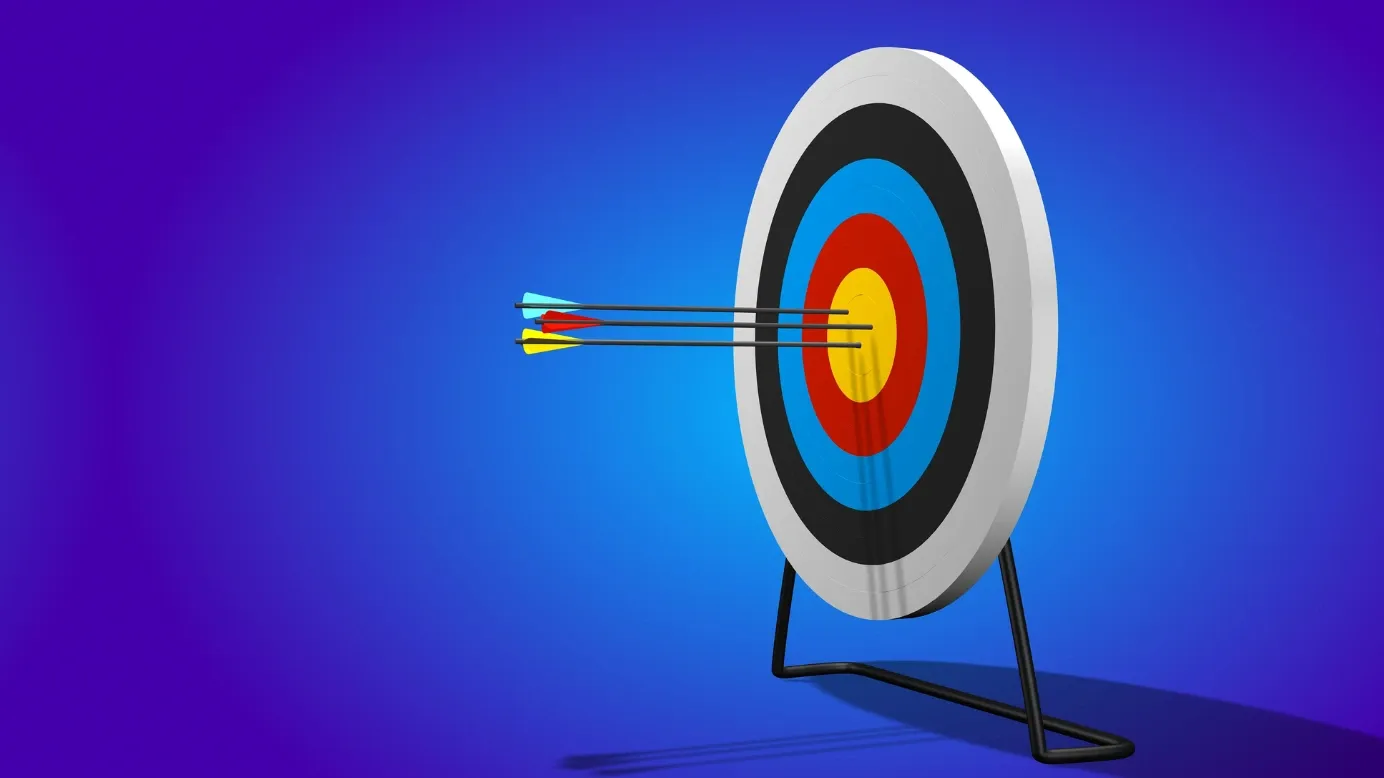
Gamifier les feuilles d'objectifs pour accélérer les ventes
Les fiches d'objectifs sont trop contraignantes. Les gamifier est le moyen d'accélérer les ventes.

10 types de programmes d'incitation
Voici un guide rapide sur les différents types de programmes d'incitation pour vos équipes de vente.
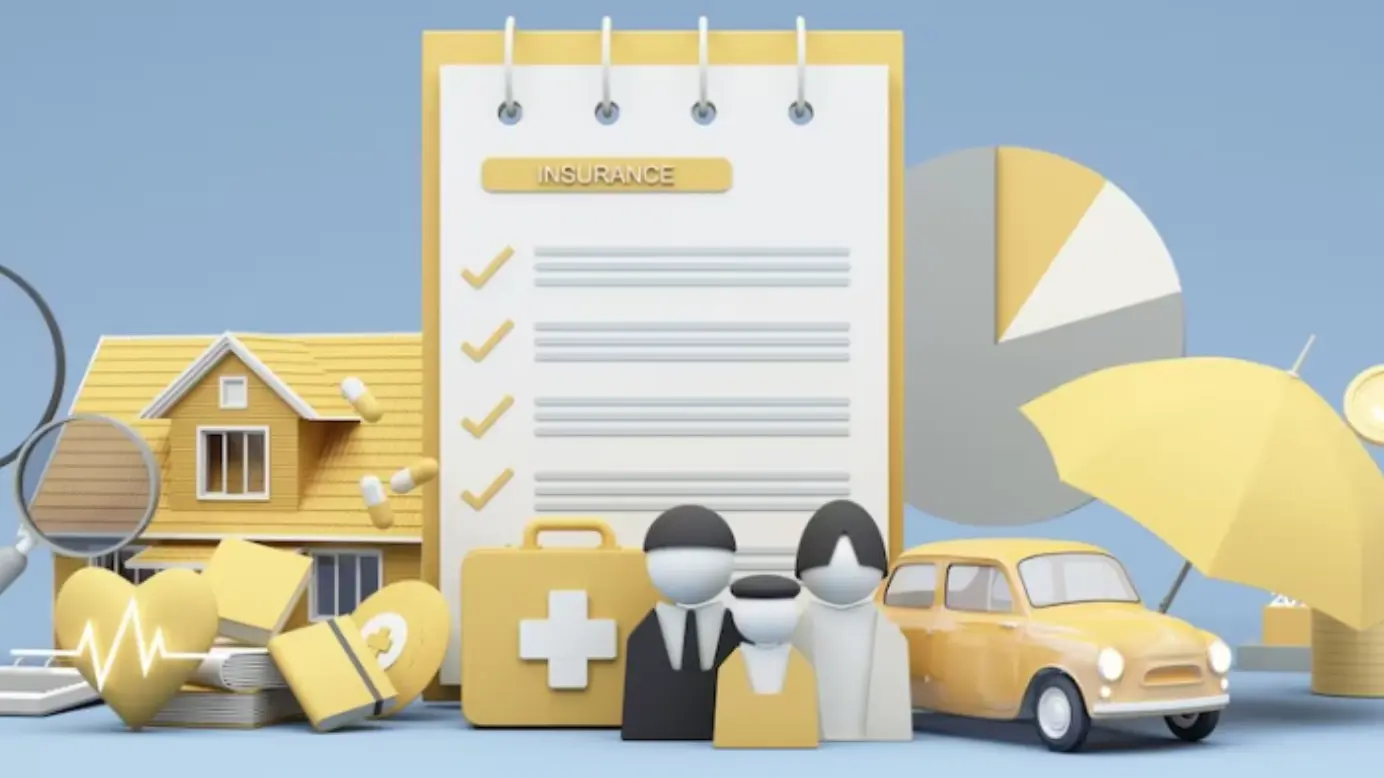
Une étude de cas dans le secteur de l'assurance - Compass pour le personnel de gestion des agents
Une étude de cas intéressante sur la mise en œuvre de Compass et les mesures des résultats pour l'un des principaux fournisseurs d'assurance en Inde.

Une étude de cas dans le secteur de l'assurance - Compass pour le personnel chargé du recrutement des agents
Une étude de cas intéressante sur la mise en œuvre de Compass et les mesures des résultats pour l'un des principaux fournisseurs d'assurance en Inde.
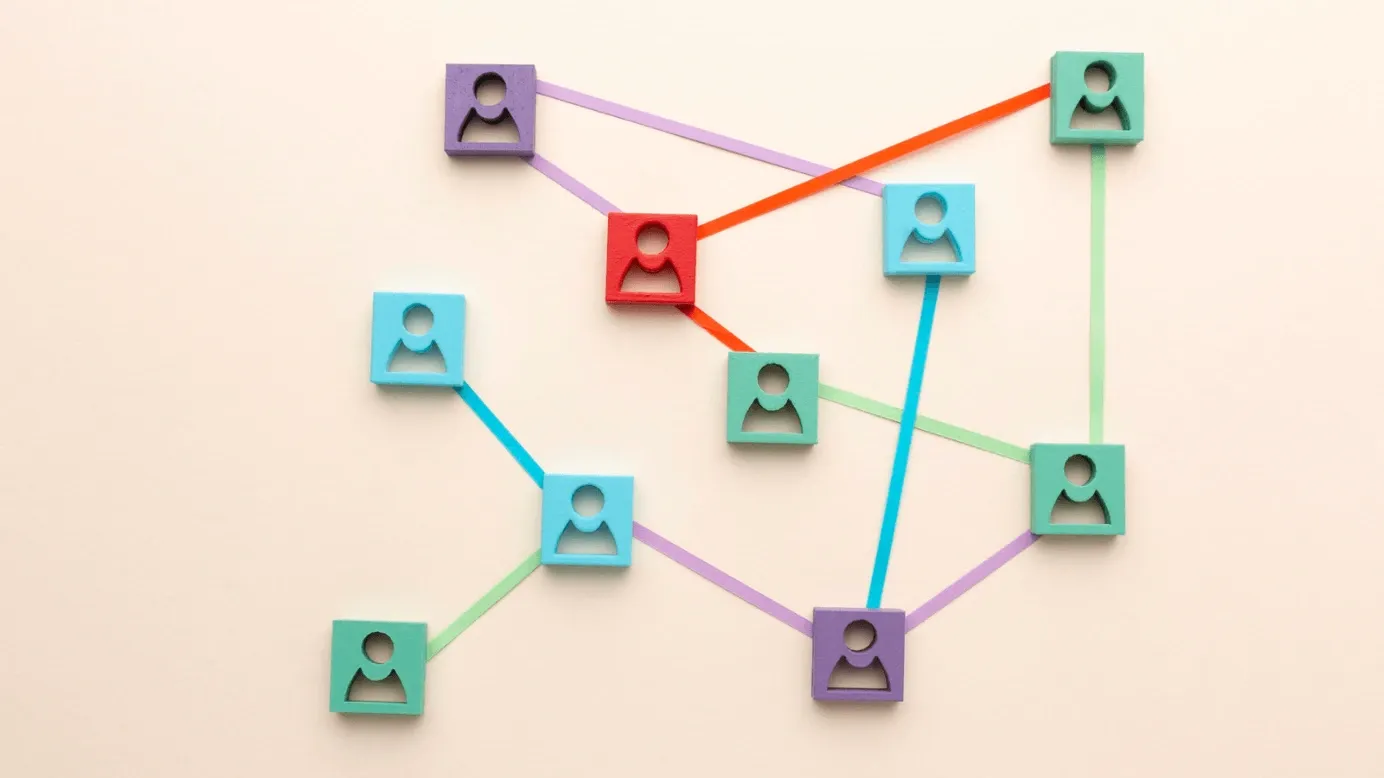
Outils pour l'engagement des partenaires de distribution
Vos partenaires de distribution sont l'une de vos principales sources de revenus. Découvrez les outils qui peuvent vous aider à mieux les impliquer.

6 indicateurs clés de performance des ventes et comment les utiliser
Pour vous aider à choisir les indicateurs clés de performance des ventes sur lesquels vous concentrer, nous avons élaboré un guide des indicateurs de performance des ventes qui comptent vraiment.

7 façons dont la gamification vous aide à économiser
Tout sur la façon dont la gamification permet d'améliorer l'efficacité de l'entreprise et de réduire les coûts.

La puissance de la gamification des ventes Tableaux de bord et classements : Comment jouer avec l'analytique pour maintenir l'engagement et la concentration de votre équipe de vente
Les tableaux de bord de gamification des ventes vous permettent de mesurer et d'augmenter les performances par rapport aux autres membres de l'organisation et d'inciter votre équipe à dépasser ses objectifs de vente en allumant l'esprit de compétition.

10 fonctionnalités à rechercher dans un logiciel de gestion de la performance des ventes
Dans le monde de la vente 3.0 dans lequel nous vivons aujourd'hui, l'utilisation des données et de l'automatisation n'est tout simplement pas négociable. C'est là qu'intervient la gestion de la performance des ventes.

Le guide complet de la gestion de la performance des ventes
Qu'est-ce qui pousse votre équipe de vente à se donner à fond ? Voici un guide complet des outils de gestion de la performance commerciale, des logiciels et de tout ce qui s'y rapporte.

La gamification dans le secteur de l'assurance - Améliorer les ventes et l'efficacité
Pourquoi la gamification dans le secteur de l'assurance est-elle l'arme ultime ? Voici quelques idées de gamification des ventes pour le secteur de l'assurance.
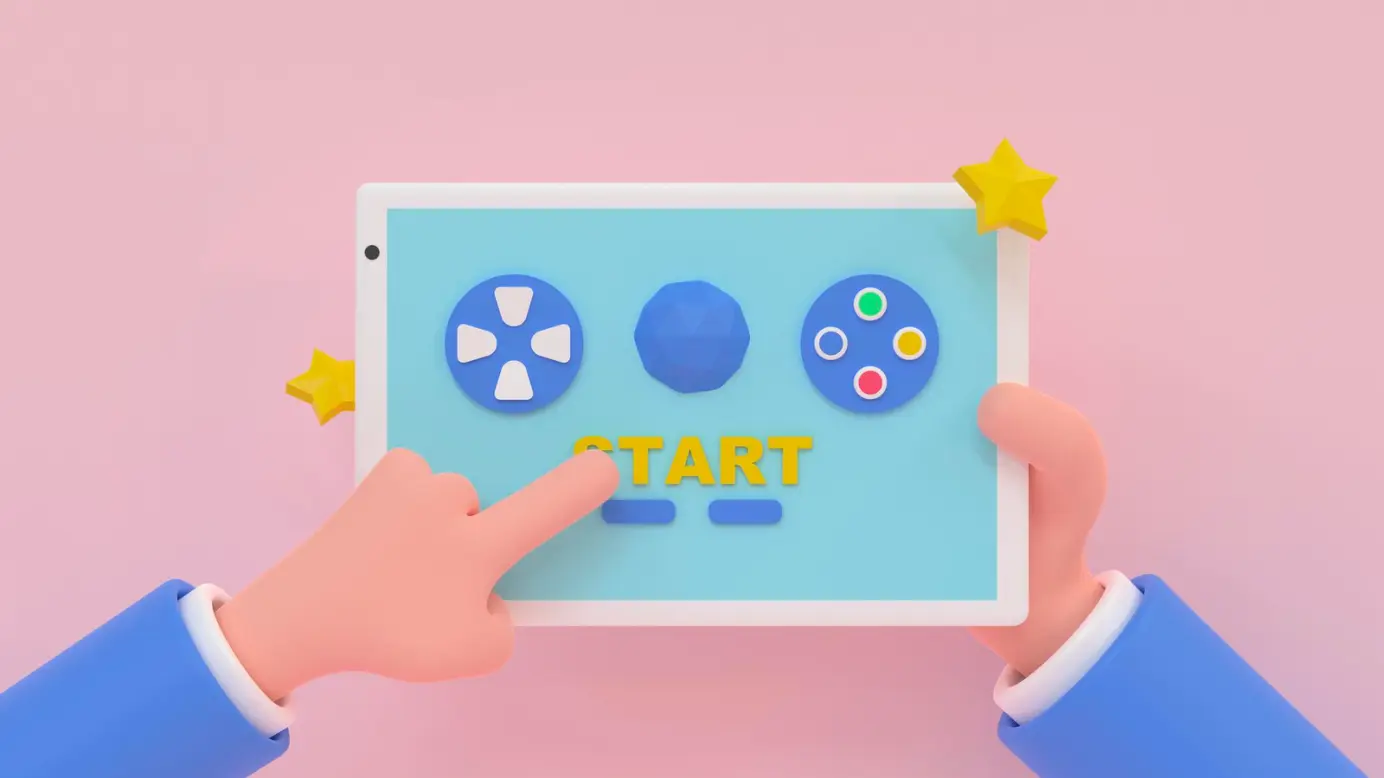
Modèles de jeux par Compass
Découvrez les différents modèles de jeux proposés par Compass pour aider vos équipes de vente à vivre les objectifs de vente comme un jeu.

Des gains ciblés : L'essentiel de la rémunération des vendeurs
L'OTE (on-target earnings) est un pourcentage de commission spécifique pour les employés et est connu pour améliorer l'engagement et la motivation des employés.









